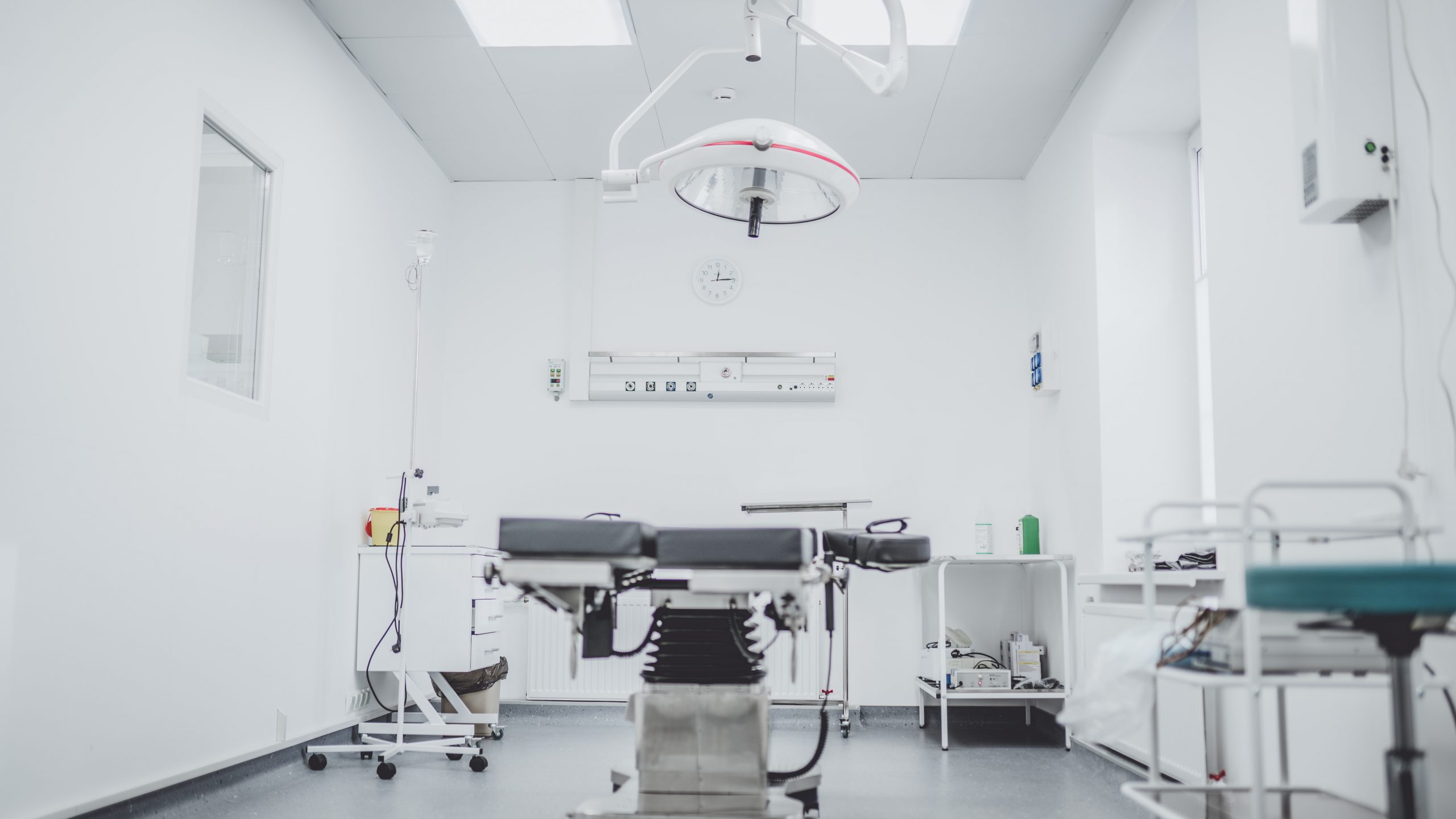Taking Small Steps
Lung cancer rehabilitation includes a variety of therapies aimed at helping you recover after lung cancer surgery. The plan has a wide range of objectives, some of which may be more critical in your situation than others. Be patient and take your time.
During recovery from your lung cancer surgery, you will spend some time in the hospital and at home. Weaning from a ventilator, removing chest tubes placed after surgery, and returning to eating and drinking will happen during this time. Your recovery time will vary according to the type of surgery you had.

What to Expect Directly After Surgery
You will have some tubes inserted in your body when you awaken from the surgery. You will receive intensive care. As a result of the anaesthesia and painkillers, you will feel drowsy. Usually, you can leave the hospital in 5-10 days.
Your wounds are covered with dressings, which your nurse will change and clean after a couple of days. Based on the type of surgery you had, you will have different sizes and numbers of surgical wounds. In case of keyhole surgery, there might be about three smaller wounds. Open surgery results in at least one wound and a more extensive incision.
In most cases, the wound will be stitched or clipped for a certain number of days, and then you can go home if the wound is in the process of healing and you are in good health. A nurse will remove the stitches when it is time. Your nurse instructs you on how to take care of the wound before you go home.
You may wear a mask delivering oxygen covering your mouth and nose. Medications may be administered to you through a drip controlled by an electronic pump.
First Days After Surgery
On the first day or so following surgery, you may be monitored in an intensive care unit (ICU). It is not normally permitted to bring flowers, and people are normally only allowed one or two visitors at a time. Once your lung capacity improves to the point where you can breathe on your own, the ventilator will be removed and you will feel less sleepy. The best person to decide when it’s time to discharge you is your surgeon.
Possible complications:
Complications after lung surgery procedures are common. Ventilating with one lung has the potential to cause low blood oxygen levels and tissue damage. Post-surgery pain syndrome (a type of neuropathic pain) can sometimes persist for weeks or months.
Symptoms to look out for are:
- Pain around the incision which worsens over time
- Being out of breath or chest pain that starts suddenly
- A high temperature, discharge of blood, pus, or an unusual discharge from an incision
- Pain, redness, and swelling around the incision
- Coughing up greenish-yellow or blood-tinged phlegm
- Fainting, dizziness, or confusion
After a Few Days
In the first few days, some soreness or pain is to be expected, which can be eased with painkillers. Inform your caretaker of any pain right away. Painkillers are most effective when taken regularly. You can now gradually increase the amount of foods and drinks you consume.
Nursing staff will help you to get up and move as quickly as possible. These professionals ensure you’re performing your breathing and other exercises correctly. After your operation, you may be able to sit up after a day. After that, you might be able to move around in your room the next day, and along the hospital ward in a few days.
After a few days, you’ll start feeling better. You start eating, and you can walk more easily. This process may take about a week.
Returning Home
After your surgery, you may feel very exhausted for the next few weeks or even months. However, it can be helpful if you do a little more each day which obviously depends on your fitness level before undergoing surgery and how many and what kind of complications you experience thereafter. Any symptoms or problems you’re unsure about should be discussed with your healthcare professional.
Following your surgery, you will follow up with your doctor a few weeks later. Before the appointment, think about any questions you might want to ask. You may find it helpful to bring a friend or family member with you to help you memorize what has been discussed during the consultation. The frequency of your check-ups afterward will depend on the outcome of the surgery. Consult your healthcare professional to find out what your check-ups will include and how often you should have them.

“When will I be mobile again?”
Your doctor will let you know when you are able to start driving a car again. Keyhole surgery might allow you to start driving more quickly. It is, therefore, important to consult with your car insurer. Make sure your wounds have healed properly.

